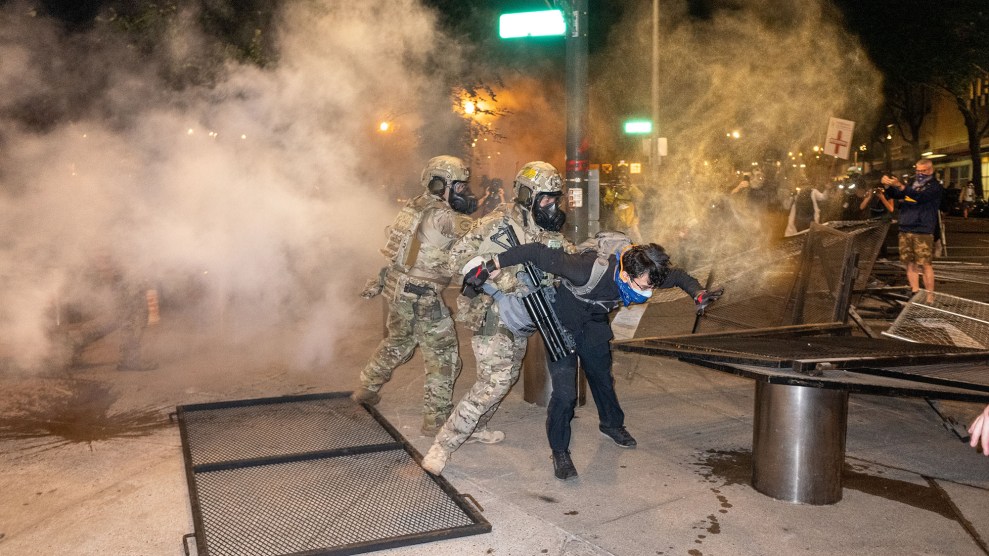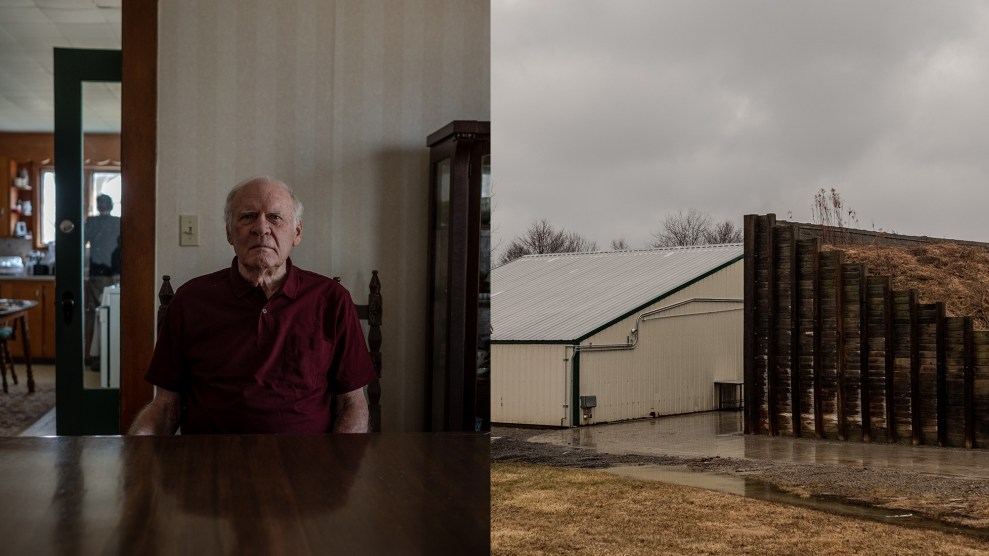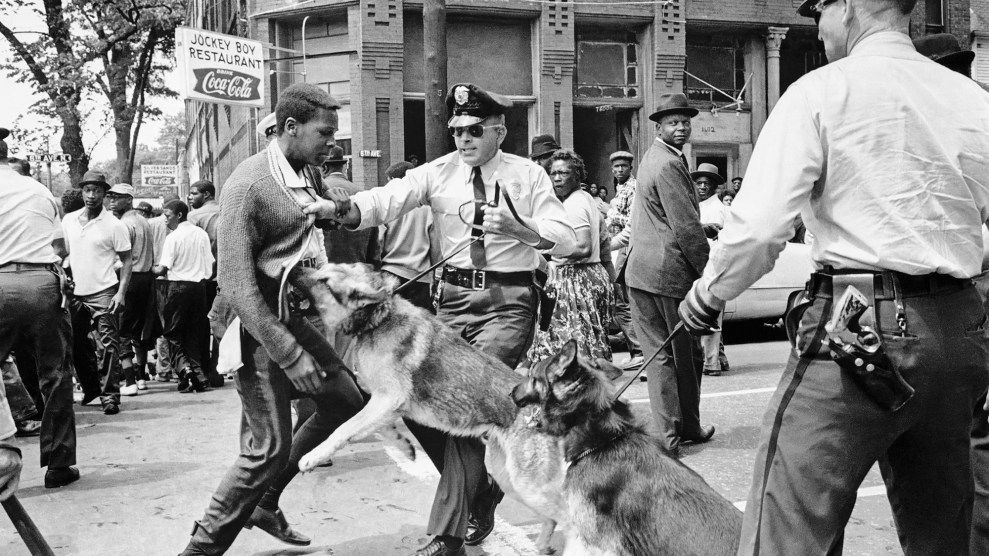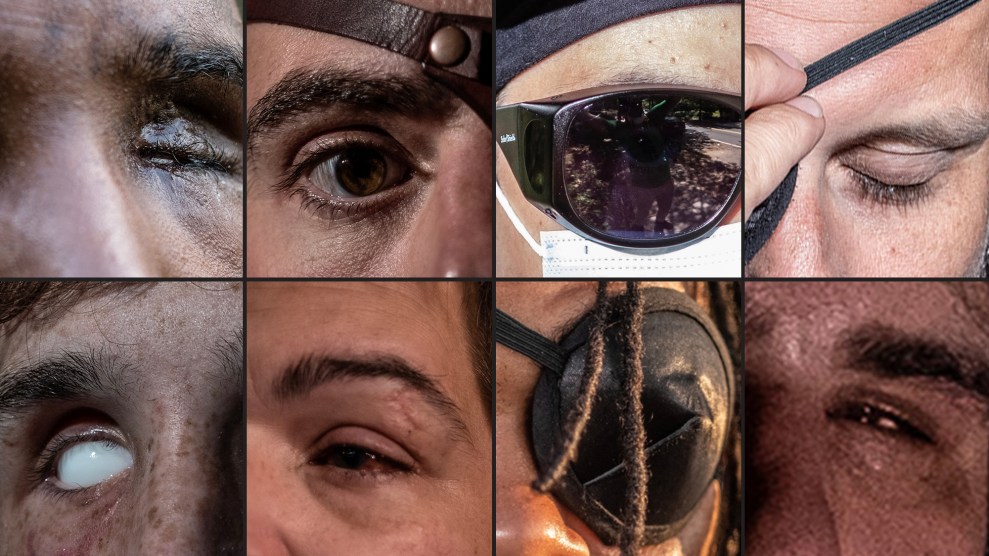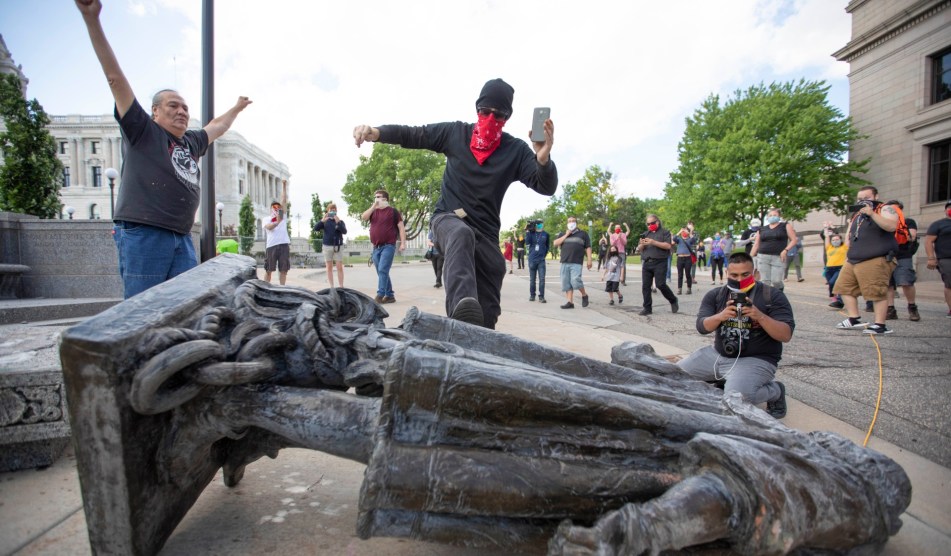
After being pulled down by Native American activists, a man kicks the statue of Christopher Columbus as it lays face down on the ground at the Minnesota State Capitol in Saint Paul on Jun 10, 2020.Chris Juhn / ZUMA
Another week, another bunch of racist statues gone. This time it was Christopher Columbus, patron saint of problematic iconography, taking a tumble. On Tuesday and Wednesday, protesters pulled down a Columbus statue at the State Capitol in Minnesota, threw another one in Richmond, Virginia, into a lake, and beheaded a third in Boston. (The rest of the statue in Boston was also taken down the next day.)
Plenty of ink has been spilled correcting the record on Columbus and reminding people that he was a slaver, a murderer, and a harbinger of settler colonialism in the Americas, and the arguments against celebrating his federal holiday have caught on in recent years. Still, it is significant that two of these monuments to Columbus were brought down by Indigenous people during demonstrations organized to acknowledge anti-Indigenous racism.
Members of the American Indian Movement are preparing to tear down the statue of Christopher Columbus at the Minnesota State capitol pic.twitter.com/8vLdELlxqG
— Max Nesterak (@maxnesterak) June 10, 2020
The recent protests were spurred by the killing of George Floyd and have focused on police brutality and anti-Black racism in the US, but they’ve made space to address a number of white supremacy’s sins against various peoples around the world. In toppling monuments, people are denouncing everything from the genocide of Indigenous peoples to the crimes of Leopold II in Congo.
Christopher Columbus is the ur-colonialist, the symbol of all the injustices of Western history that flowed from his first voyage in 1492. The ubiquity of his image in cities throughout the Americas is an affront to the Black and Indigenous people who have been the primary victims of his legacy. Three toppled statues are just a start.
The Columbus statues are the latest in a string of racist symbols that have been toppled, torched, occupied, or otherwise defaced in recent weeks. Read the full list here.


